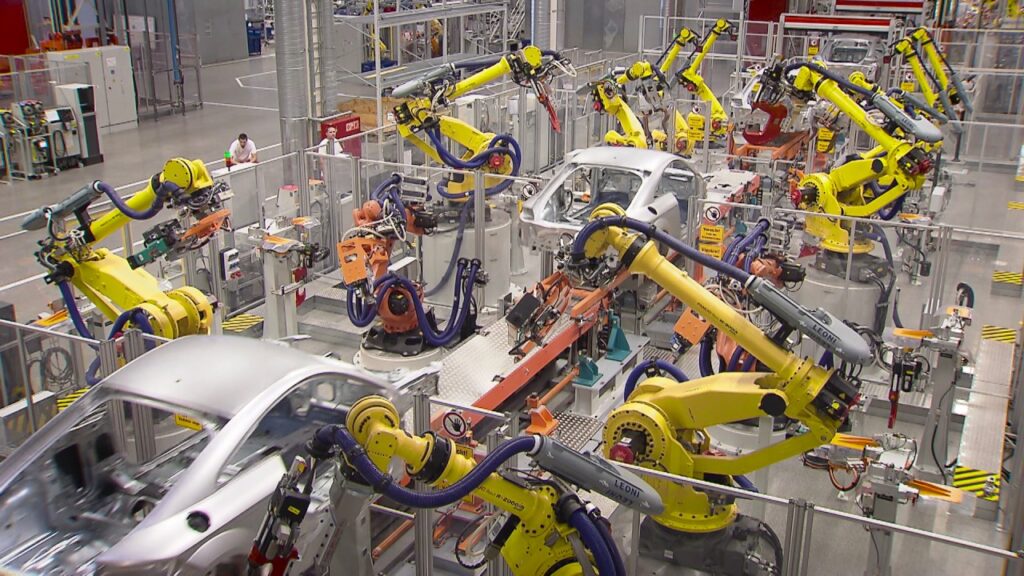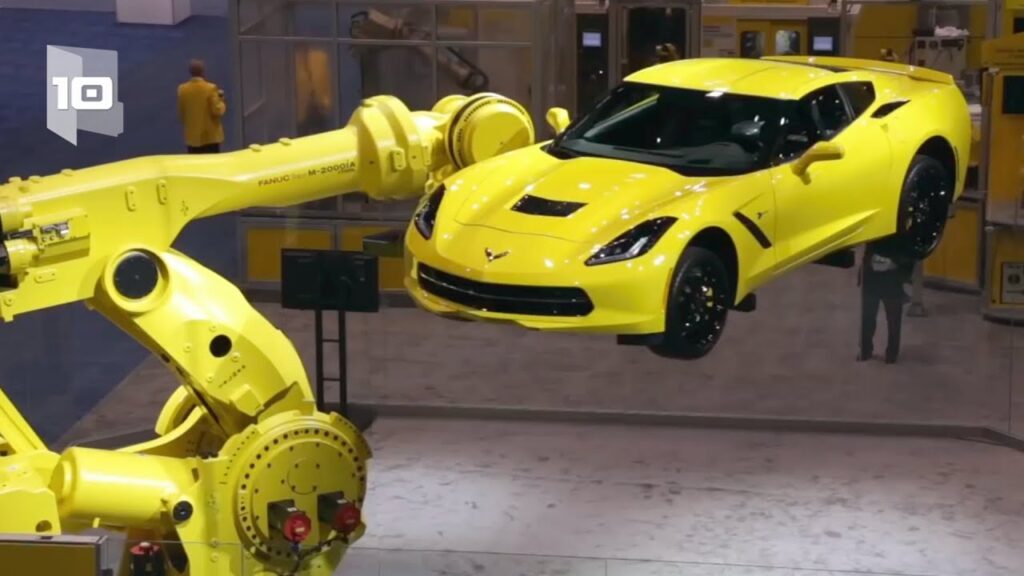# The Rise of Spotwelding Robots in the Automotive Industry
The automotive industry has always been at the forefront of technological advancements. From the introduction of assembly lines to self-driving cars, innovation has propelled the industry forward. One such technological advancement that has gained significant traction in recent years is spotwelding robots. These robots, manufactured by industrial robot manufacturers, have revolutionized the production process in the automotive sector, increasing efficiency and reducing costs.
Spotwelding is a crucial process in the automotive industry as it ensures the structural integrity of vehicles by bonding two or more metal sheets together. Traditionally, this welding process was performed manually by skilled human operators. However, as demands increased and technology advanced, the need for automated solutions became evident.
Industrial robot manufacturers recognized this need and hence developed spotwelding robots specifically designed for the automotive industry. These robots offer numerous advantages over manual welding, making them an attractive option for automotive manufacturers.
Firstly, spotwelding robots are highly accurate and consistent in their welds. Unlike human operators who may experience fatigue or inconsistency in their welding, these robots can perform the same welds repeatedly without sacrificing quality. This not only improves the overall durability and reliability of the vehicles but also reduces wastage and rework.
Furthermore, these robots are incredibly fast, significantly reducing the production time for automotive manufacturers. With their advanced programming and high-speed capabilities, spotwelding robots can complete welds at a much faster rate than humans. This increased speed translates into higher productivity and ultimately, more vehicles produced within a given timeframe.
In addition, spotwelding robots offer improved worker safety. Welding is a hazardous task that exposes human operators to various risks such as harmful fumes, high temperatures, and the potential for accidents. By replacing manual welding with automated solutions, industrial robot manufacturers have significantly minimized these risks, ensuring a safer working environment for employees.
The integration of spotwelding robots into the automotive industry has also led to cost savings. While the initial investment in these robots may be significant, the long-term benefits far outweigh the upfront costs. With increased productivity and reduced rework, automotive manufacturers can streamline their production processes and achieve higher profits. Moreover, the reliability and consistency of spotwelding robots result in fewer defects and recalls, saving manufacturers from costly repairs and reputation damage.
One company that has successfully adopted spotwelding robots in the automotive industry is **Company XYZ**. With a focus on technological innovation, **Company XYZ** recognized the potential of these robots in enhancing their production processes. By partnering with industrial robot manufacturers, they were able to integrate spotwelding robots seamlessly into their assembly lines.
The implementation of spotwelding robots at **Company XYZ** resulted in a significant increase in productivity. The robots worked tirelessly, completing welds with utmost precision and speed. As a result, **Company XYZ** was able to meet growing demands while maintaining the highest standards of quality.
Moreover, the introduction of spotwelding robots at **Company XYZ** also had a positive impact on their workforce. Employees were relieved from repetitive and hazardous welding tasks, allowing them to focus on more skilled and value-added activities. This not only boosted employee morale but also improved the overall efficiency of the assembly line.
The success of spotwelding robots in the automotive industry has left us wondering what the future holds. With continuous advancements in robotics and artificial intelligence, we can expect even more sophisticated spotwelding robots in the coming years. These robots may possess advanced sensory capabilities, improved programming, and enhanced communication with other production line components.
Furthermore, the integration of spotwelding robots into other industries beyond automotive could be a possibility. The benefits they offer in terms of accuracy, speed, safety, and cost savings can be harnessed by various manufacturing sectors, leading to increased efficiency and productivity.
In conclusion, the rise of spotwelding robots in the automotive industry has brought about significant advancements in the production process. Manufactured by industrial robot manufacturers, these robots offer unparalleled accuracy, speed, worker safety, and cost savings. As more automotive manufacturers embrace these automated solutions, the industry is set to witness increased productivity, improved quality, and a safer working environment. With the continuous evolution of robotics, the future holds even more exciting possibilities for spotwelding robots and their impact on industries beyond automotive.
Industrial Robot
“Revolutionizing Automotive Manufacturing: Spotlight on Spotwelding Robots by Industry Experts”


